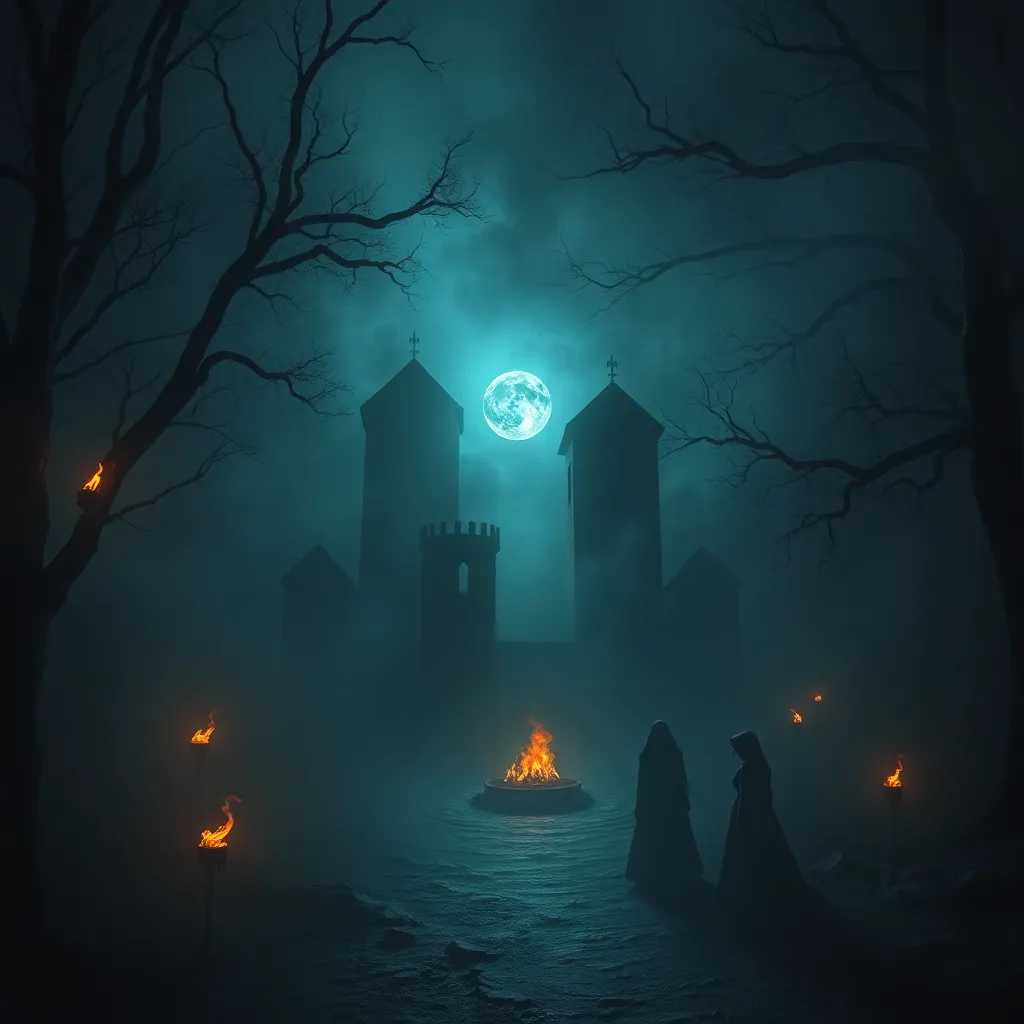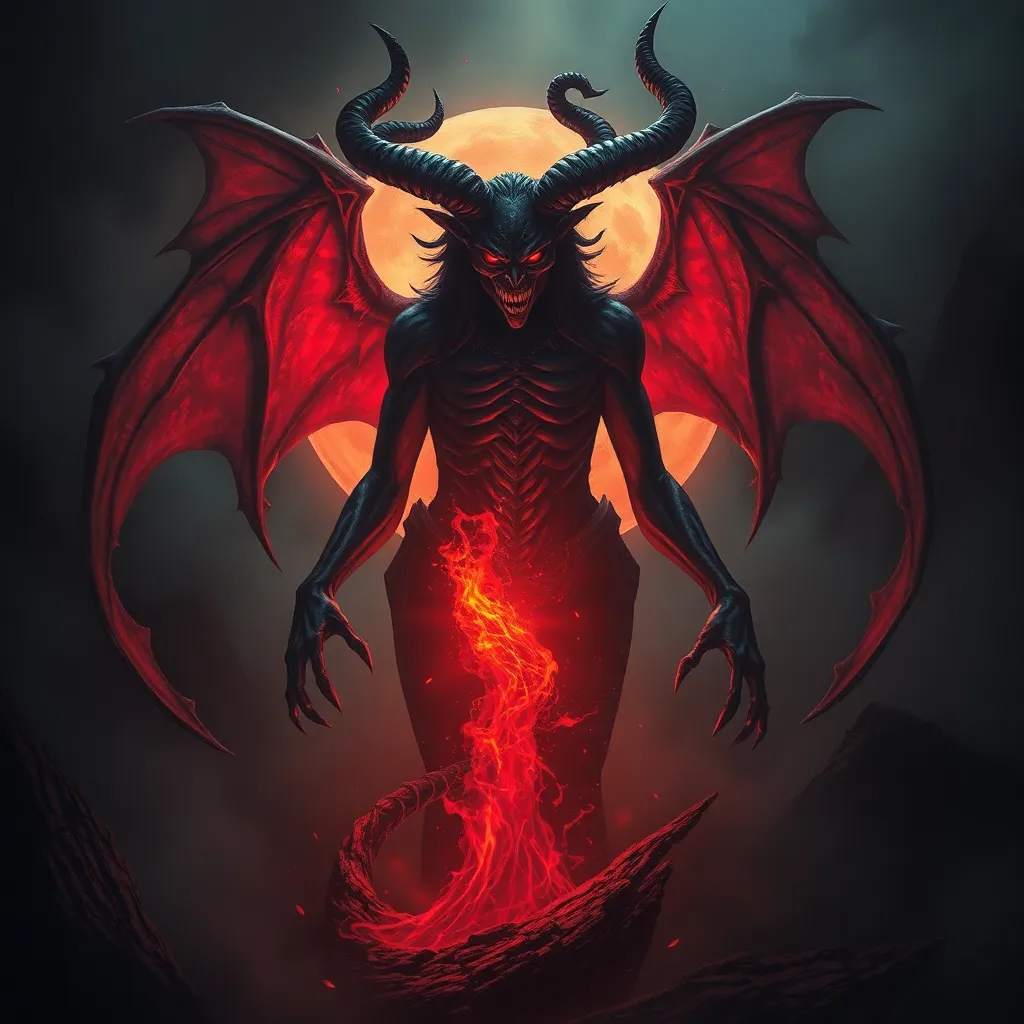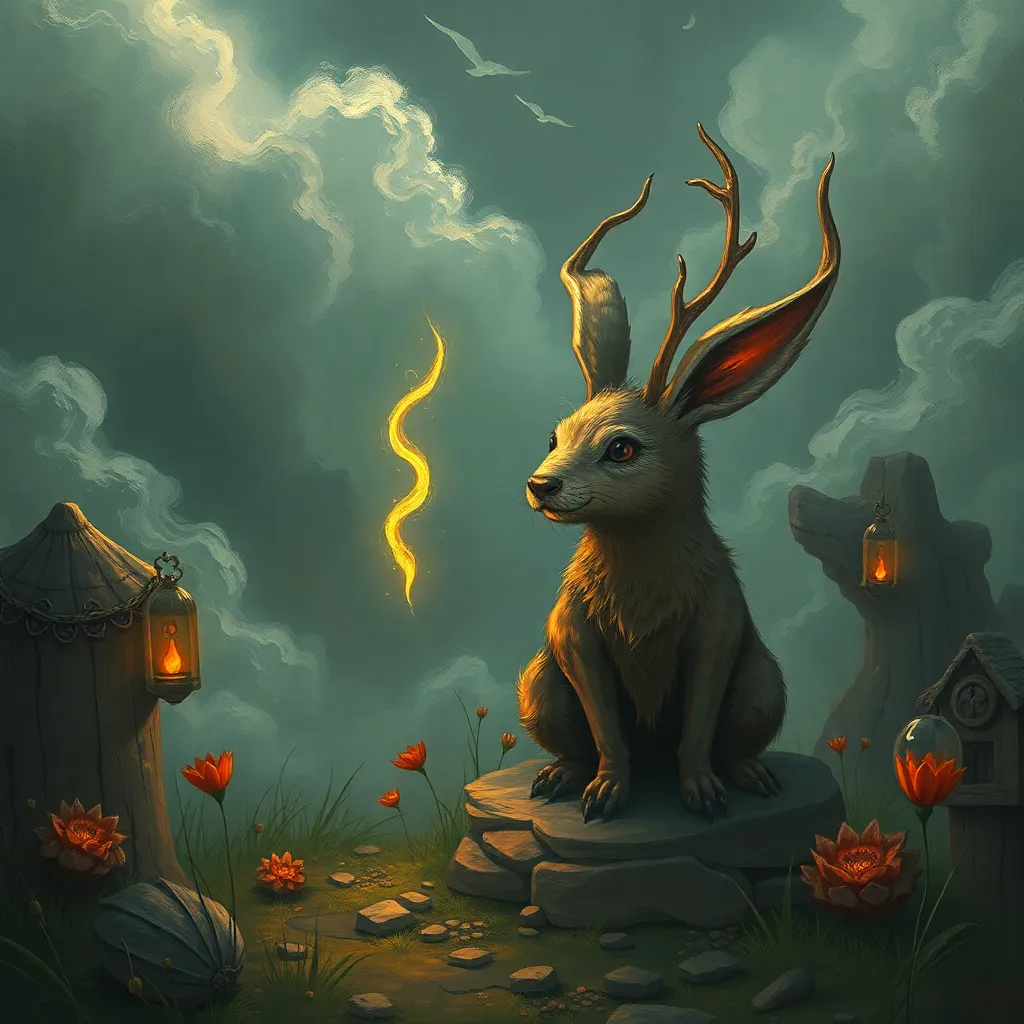The Dybbuk’s Legacy: The Enduring Power of Slavic Folklore in Modern Culture
I. Introduction
The Dybbuk, a concept rooted in Jewish folklore, has transcended its origins to become a significant figure in Slavic mythology and culture. Traditionally depicted as a malicious spirit that possesses the living, the Dybbuk embodies themes of longing, loss, and the struggle between the material and spiritual worlds. This article explores the enduring legacy of the Dybbuk in contemporary culture, highlighting its role in shaping cultural identity and its continued relevance in various artistic expressions.
II. Historical Context of the Dybbuk
A. Origins and definition of the Dybbuk
The term “Dybbuk” is derived from the Hebrew word “dibbuk,” meaning “to cling” or “to adhere.” In folklore, it refers to the soul of a deceased person that has not found peace, often due to unresolved issues or unfulfilled desires. While primarily associated with Jewish traditions, the Dybbuk has found its place within Slavic folklore, where it is often depicted as a vengeful spirit seeking to possess the living.
B. The role of Dybbuks in Jewish and Slavic folklore
In Jewish folklore, Dybbuks serve as moral reminders of the consequences of one’s actions during life. They are often portrayed as spirits that inhabit the bodies of the living to achieve their unfinished business. Slavic interpretations, while retaining these themes, incorporate local beliefs about spirits and the afterlife, leading to a rich tapestry of narratives surrounding the Dybbuk.
C. Evolution of the Dybbuk narrative over time
Throughout the years, the Dybbuk narrative has evolved, reflecting societal changes and cultural exchanges. From early folklore tales to modern adaptations, the essence of the Dybbuk remains a poignant reminder of the human condition, encapsulating themes of grief, memory, and the interconnectedness of life and death.
III. The Dybbuk in Literature and Theater
A. Key works featuring the Dybbuk, including S. Ansky’s play
One of the most notable works featuring the Dybbuk is S. Ansky’s 1920 play “The Dybbuk.” This seminal work explores the themes of love, possession, and the supernatural, becoming a cornerstone of Jewish theater. The play tells the story of a young bride possessed by the spirit of her deceased lover, showcasing the emotional depth and cultural significance of the Dybbuk legend.
B. Analysis of themes and messages in these works
- Love and Loss: The Dybbuk often symbolizes the undying bonds of love that can transcend death.
- Spiritual Conflict: The struggle between the living and the dead reflects broader existential questions.
- Identity: The possession by a Dybbuk raises questions about personal identity and the impact of the past on the present.
C. Influence on modern playwrights and authors
The influence of Ansky’s “The Dybbuk” can be seen in the works of modern playwrights and authors who draw upon folklore to explore contemporary themes. Writers such as Tony Kushner and David Mamet have referenced the Dybbuk in their works, showcasing its relevance in discussions of cultural identity and the human experience.
IV. The Dybbuk in Film and Television
A. Notable films and series inspired by the Dybbuk
In recent years, the Dybbuk has inspired a range of films and television series, particularly in the horror genre. Notable works include “The Possession” (2012), which centers on a young girl possessed by a Dybbuk, and the Israeli film “Dybbuk” (2020), which reinterprets the traditional narrative for a modern audience.
B. Representation of the Dybbuk in contemporary media
Contemporary media often portrays the Dybbuk as a symbol of fear and the unknown. The spirit’s ability to possess individuals serves as a metaphor for personal demons and societal issues, such as trauma and mental illness.
C. Impact on the horror genre and cultural storytelling
The incorporation of the Dybbuk into horror films has revitalized interest in folklore, allowing for a modern exploration of ancient fears. Its impact can be seen in the way filmmakers use folklore to ground supernatural narratives in cultural history, bridging the gap between past and present.
V. The Dybbuk’s Influence on Visual Arts
A. Exploration of artistic interpretations of the Dybbuk
Visual artists have also found inspiration in the Dybbuk, creating works that reflect its haunting nature. Artists like Marc Chagall and more contemporary figures have used the Dybbuk as a motif to explore themes of love, loss, and spiritual conflict.
B. How visual artists incorporate Slavic folklore into their work
Many artists incorporate Slavic folklore, including the Dybbuk, into their pieces to create a dialogue between tradition and modernity. This fusion often results in striking visual representations that evoke deep emotional responses.
C. The role of exhibitions and installations in preserving this legacy
Exhibitions dedicated to Slavic folklore have played a crucial role in preserving the legacy of the Dybbuk. Installations that feature interpretations of the Dybbuk encourage audiences to engage with cultural narratives, fostering a deeper understanding of their origins and significance.
VI. The Dybbuk in Music and Performance
A. Musical compositions inspired by the Dybbuk legend
Musicians have drawn inspiration from the Dybbuk to create compositions that reflect its eerie and poignant themes. Works such as “The Dybbuk” by composer David Broza highlight the emotional depth of the legend through music.
B. The integration of folklore in modern performances
Modern performances often integrate folklore elements, including the Dybbuk, to create immersive experiences. These performances resonate with audiences, bridging the gap between ancient stories and contemporary issues.
C. Case studies of artists who draw from Slavic traditions
- Yale Strom: A composer and musician known for his work integrating Eastern European Jewish music with modern themes.
- Giora Feidman: A clarinetist who incorporates traditional Jewish melodies into his performances, evoking the spirit of the Dybbuk.
VII. The Relevance of the Dybbuk Today
A. The Dybbuk’s reflection of contemporary societal issues
The Dybbuk resonates with contemporary audiences as it encapsulates themes of loss, trauma, and unresolved conflicts. In a world increasingly marked by anxiety and disconnection, the Dybbuk serves as a reminder of the importance of confronting our past.
B. The resurgence of interest in folklore among younger generations
Recent years have seen a resurgence of interest in folklore among younger generations. The allure of stories like that of the Dybbuk lies in their ability to connect us to our cultural roots while addressing universal human experiences.
C. The role of digital media in preserving and sharing Dybbuk stories
Digital media platforms allow for the preservation and dissemination of Dybbuk stories, ensuring their relevance in the modern age. Social media, podcasts, and online exhibitions provide new avenues for storytelling, engaging a global audience.
VIII. Conclusion
A. Summary of the Dybbuk’s lasting impact on modern culture
The Dybbuk’s legacy continues to shape modern culture, influencing various artistic domains and resonating with contemporary issues. Its themes of love, loss, and the struggle between the living and the dead remain relevant today.
B. The importance of folklore in understanding cultural heritage
Folklore serves as a vital link to our cultural heritage, providing insights into the values, beliefs, and experiences of past generations. The Dybbuk, as a symbol of this heritage, encourages us to explore our identities and the narratives that define us.
C. Future directions for the exploration of Slavic folklore in arts and media
As interest in folklore continues to grow, there is potential for further exploration of Slavic traditions in the arts and media. By examining contemporary interpretations of the Dybbuk, we can foster a deeper appreciation for the rich tapestry of cultural narratives that shape our understanding of the world.



